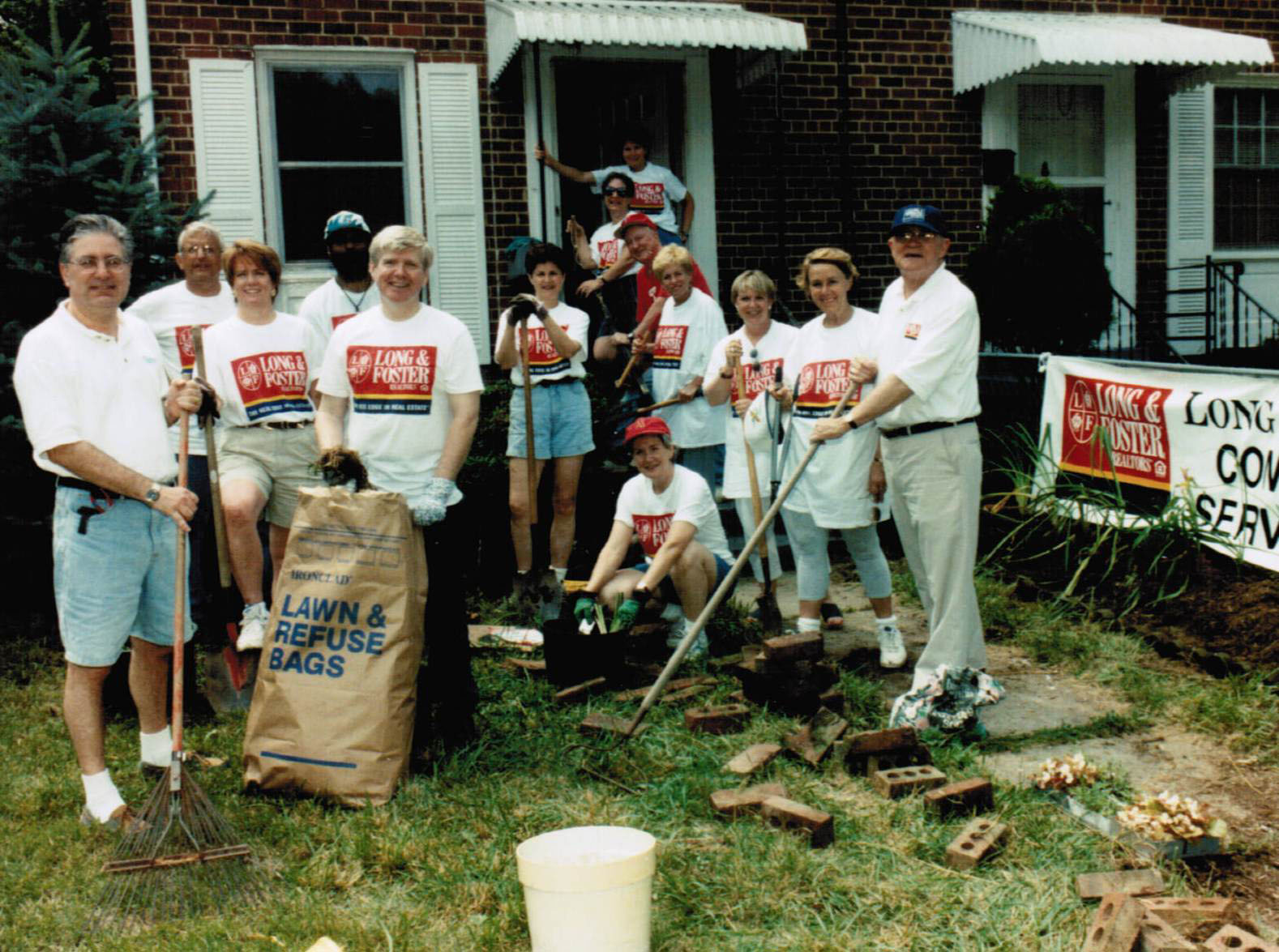The movie Titanic was showing in movie theaters and the Spice Girls’ songs filled the airwaves in 1998, a tumultuous year that ended with the U.S. president’s impeachment. At the same time, a quiet revolution began when Google was incorporated as a private company, beginning its transition from an unknown research tool to a service that would change everything.
Today it’s natural for real estate agents and brokers to push their profiles and listings to the top of Google search engines. Back in 1998, when Long & Foster Real Estate celebrated the 30th anniversary, Apple unveiled its iMac computer and agents were just starting to recognize the role technology would play in their business.
“I remember when I got my first Palm Pilot, I thought I was so cool,” says Pam Diemer, a Realtor with Long & Foster in Richmond since 2006. “It was amazing to feel so independent and productive.”
Contracts were still written using carbon copies when Kevin Toll started as an agent in 2007 although they quickly transitioned to computers, says Toll, a Long & Foster agent in Philadelphia who started in 2007, at what he calls an “interesting” time in the housing market.
Hyperactive housing market
Technology made it easier to handle the fast-paced market when Megan McMorrow, a Realtor with Long & Foster in Arlington, Virginia, started as an agent in 2004.
“I’ve seen a lot in 14 years: the boom, the bust, distressed properties, bidding wars,” says McMorrow. “The only thing I haven’t seen is sky-high interest rates.”
Mortgage rates fluctuated from the mid-five to the low-six percent range for most of the period between 1998 and 2008, although they spiked briefly to 8.5 percent in 2000. Median home sales prices nationwide rose to $247,900 in 2007 from $152,500 in 1998 – an indication of the frenzied housing market before the steep decline began and prices dropped to $232,100 in 2008.
Throughout one of the most dramatic decades in real estate, Long & Foster continued to expand its reach to New Jersey in 2003 and into the Carolinas in 2006.
“When I look back, 2006 was just overwhelming,” says McMorrow. “Prices were just going up and up and it was really hard for buyers. But I don’t think any of those transactions ended up in distress because I had a good handle on trustworthy lenders.”
The ethical direction she took during the housing boom was supported by the ethics of the Long & Foster leadership, she says.
McMorrow, who was licensed in 2004 and transferred to Long & Foster in 2007, says the integrity and reputation of the agents and brokers at the company brought her to them.
Expectations and relationships still matter
No matter what market conditions are like, Diemer says, the trust between clients and agents and between agents and their brokers is of paramount importance.
“Today, sellers have high expectations that their house will sell at a premium because they are so emotionally tied to the property,” says Diemer. “Buyers have high expectations from the ‘HGTV effect’ so they think a resale house should look like a model home.”
Both sides of the transaction need an agent they trust to help manage their expectations, says Diemer, who often spends as long as a year helping homeowners prep their home for sale, particularly with large properties such as her first sale, an estate built in 1745.
Building long-term relationships is important to Toll, who says it can be too easy for agents to hide behind technology. He recommends “old-school real estate with a modern twist.”
“Long & Foster has a family feel, so you can be comfortable reaching out to the top leadership for guidance at any time,” says Toll. “The networking events help us feel connected and the agents genuinely try to help each other out.”
That supportive environment continues to help agents new to the business as well as those who have been through numerous real estate cycles, says Toll.
